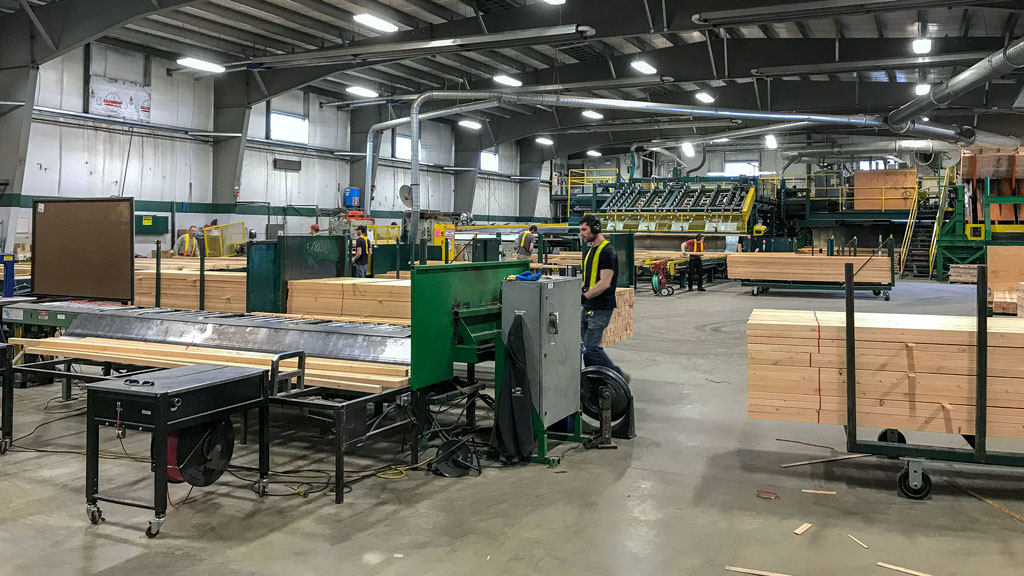The province has set a new carbon emissions target for 2025 after releasing its first-ever Climate Change Accountability Report which details progress on reaching climate goals.
The new emission target aims to get greenhouse gases in B.C. to 16 per cent below 2007 levels by 2025. It provides a benchmark on the road to B.C.’s legislated emission targets for 2030, 2040 and 2050 of 40 per cent, 60 per cent and 80 per cent below 2007 levels, respectively.
The province also plans to set specific targets for sectors next spring and will develop legislation to help B.C. reach net-zero emissions by 2050.
The annual report, required by law under the Climate Change Accountability Act, is the first of its kind. The report includes detailed information on CleanBC actions over the 2019-20 period to reduce greenhouse gas emissions, build a cleaner economy and prepare for the impacts of climate change, as well as the advice and comment of the independent Climate Solutions Council.
The report noted while progress has been made in reducing the carbon intensity of the economy, which is down 16 per cent since 2007, economic and population growth have placed upward pressure on overall emissions and have contributed to recent increases at the provincial level. In 2018, the gross greenhouse gas emissions were 67.9 million tonnes of carbon dioxide equivalent (Mt CO2e). This represents an increase of 4.5 Mt CO2e from 2007 levels, three per cent higher than 2017 emissions.
The report noted that overall industry emissions rose in 2018 from the previous year, due to emission increases from sectors including natural gas and mining. The oil and natural gas sector contributes approximately half of the industry sector emissions, with the remaining half coming from mining, construction, manufacturing and other industries such as mineral and metal production .
The report shows the built environment saw decreases in emissions in 2018, mostly due reductions in residential building emissions and waste.
“On average, the emissions intensity of our buildings has decreased since 2007, which means we’re using less energy per square metre of floorspace,” stated the report.
CleanBC noted it aims to further cut emissions in this sector by making new buildings more energy efficient, providing incentives to retrofit existing buildings, and helping communities switch to cleaner fuels. These include the CleanBC Better Homes program and the CleanBC Better Buildings program which offer incentives including rebates for heat pumps, envelope upgrades and new windows.
“These programs are important steps to continue reducing emissions in our current buildings, which have long life spans,” stated the report.
The report highlighted many ongoing programs and projects related to the construction industry that are expected to help officials meet future targets, including:
- C.’s housing and construction industry has been providing training on the BC Energy Step Code. The code is an optional compliance path to encourage high energy-efficiency in new buildings.
- The province has appointed a parliamentary secretary to champion the mass timber industry for economic growth and reducing carbon in large building projects.
- The CleanBC Communities Fund (CCF), which is part of the Investing in Canada Infrastructure Program’s Green Infrastructure stream. Canada and the B.C. government invested $46.5 million in 11 projects, with an additional $16.5 million committed towards projects awaiting final approval through the CCF. Another $47 million will be invested in the second round. The program funds projects that lower emissions in community infrastructure.
- C.-based Carbon Engineering Ltd. broke ground on its new Innovation Centre in Squamish so it can continue researching and building direct air capture technology. The technology can directly take carbon dioxide out of the atmosphere.
“British Columbia has put in place a rigorous system of accountability and reporting that will help ensure we reach our emission targets and build a clean economy,” said Merran Smith, co-chair of B.C.’s Climate Solutions Council, in a press release. “The introduction of an interim target strengthens that commitment. Clearly all sectors have more work to do to close the gap.”
Follow the author on Twitter @RussellReports.











Recent Comments
comments for this post are closed